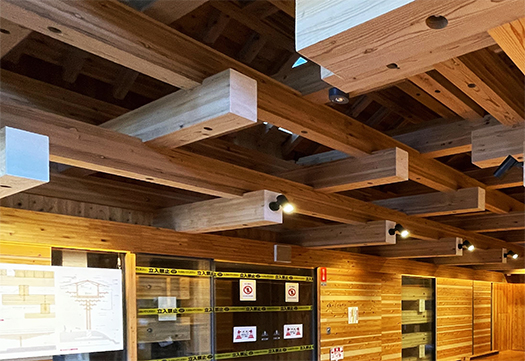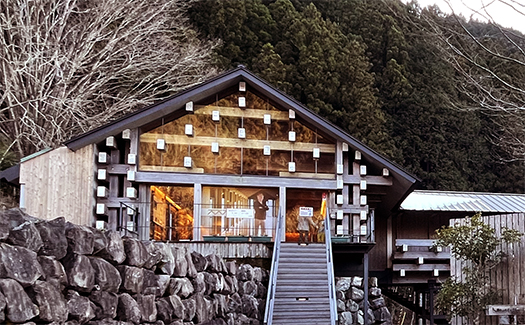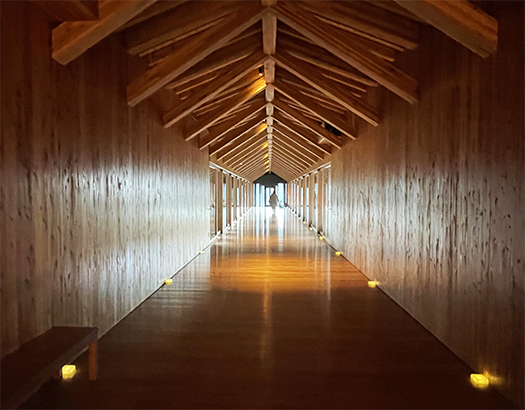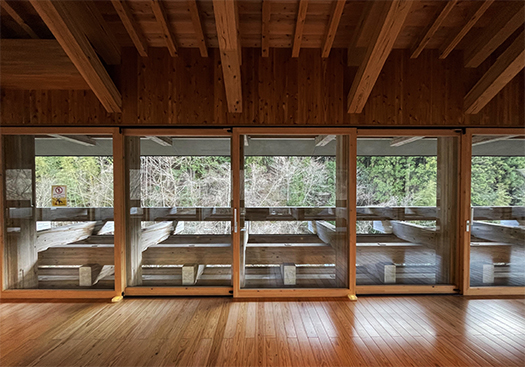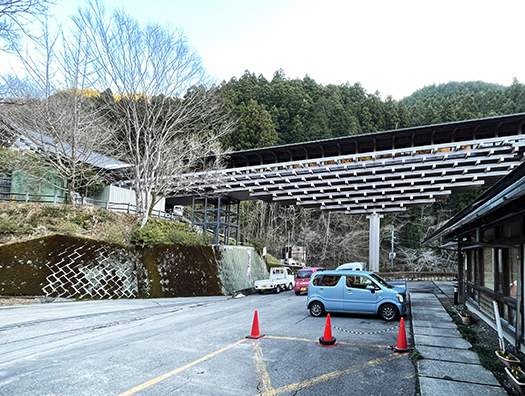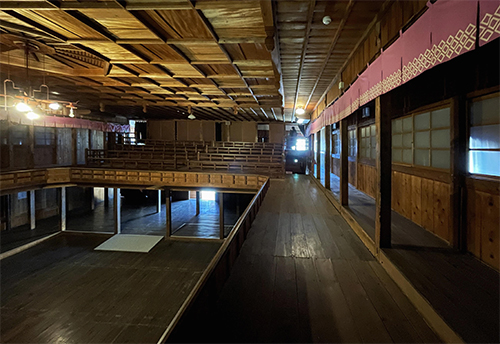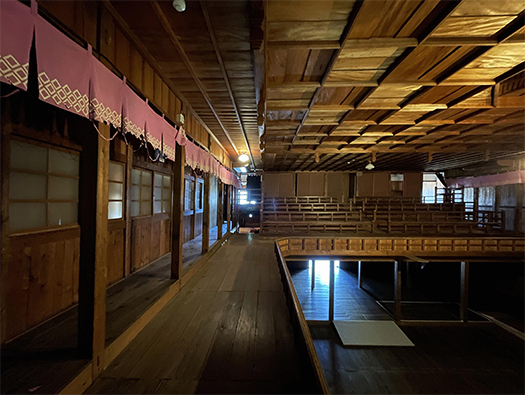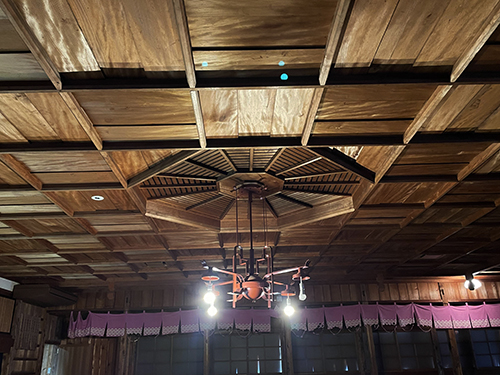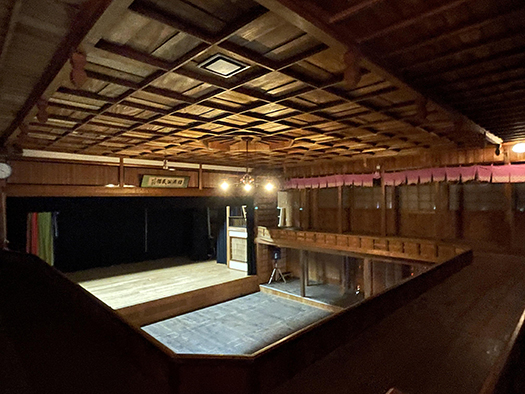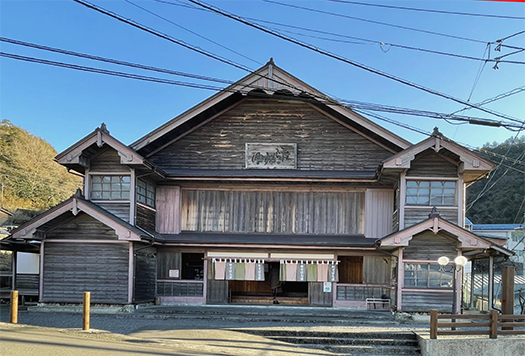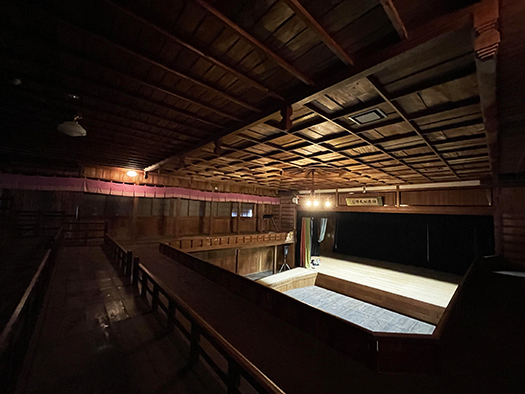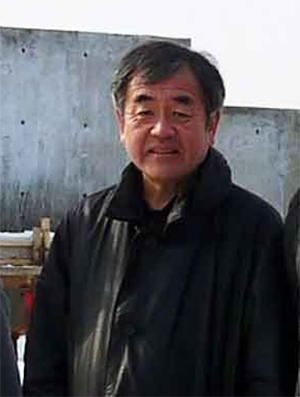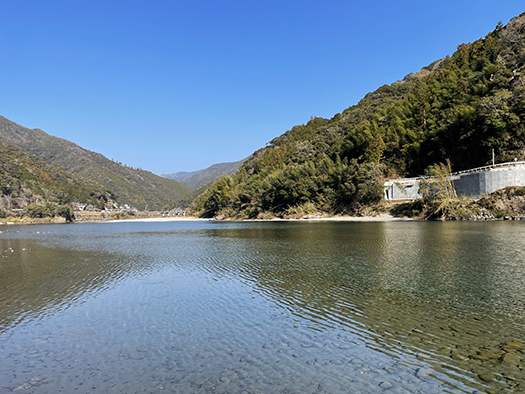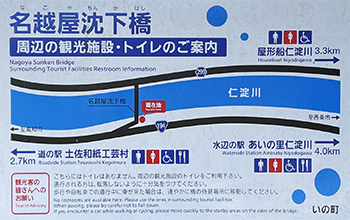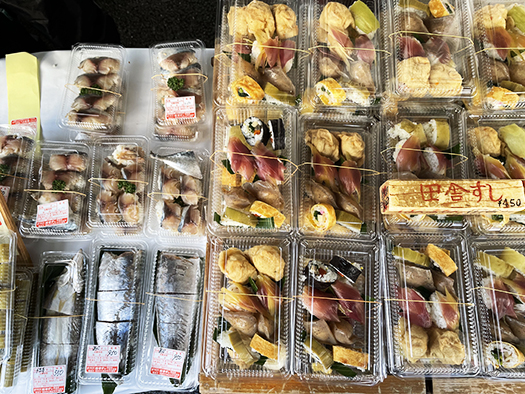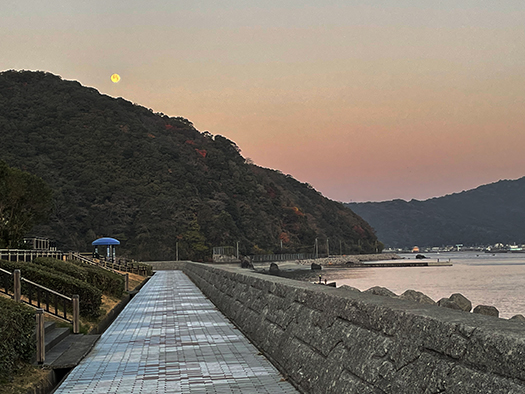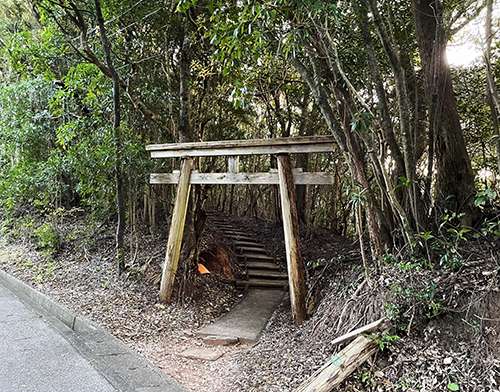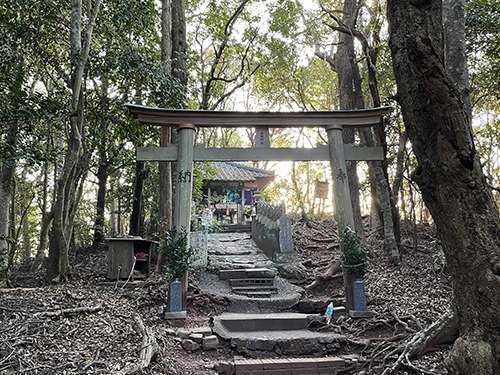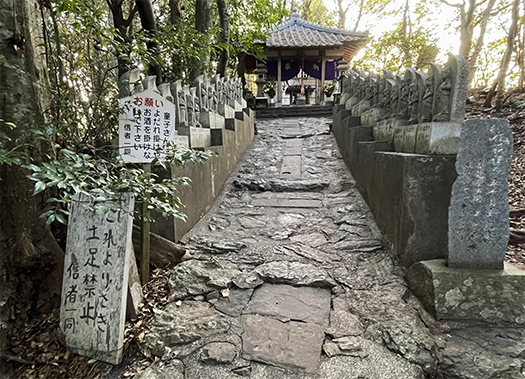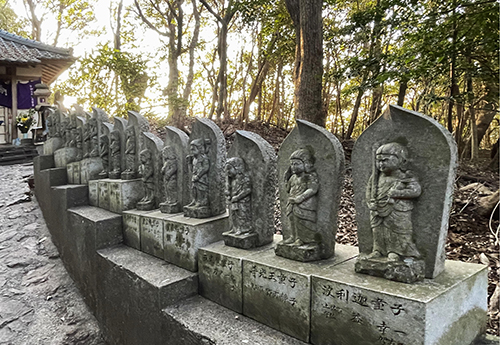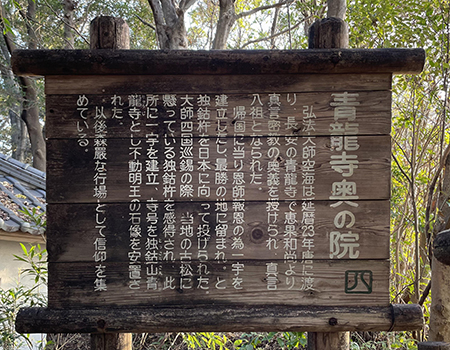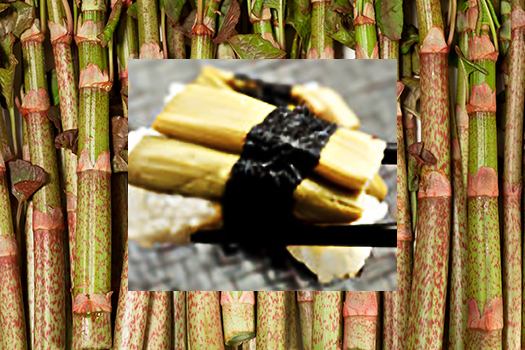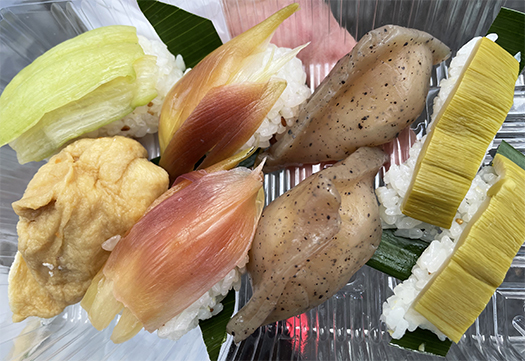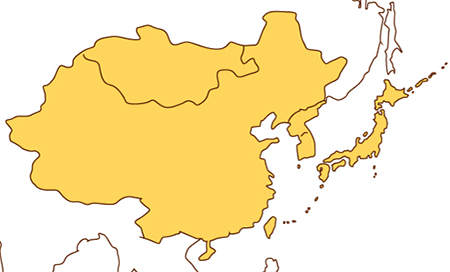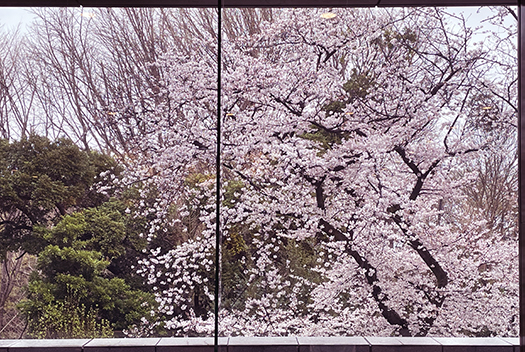

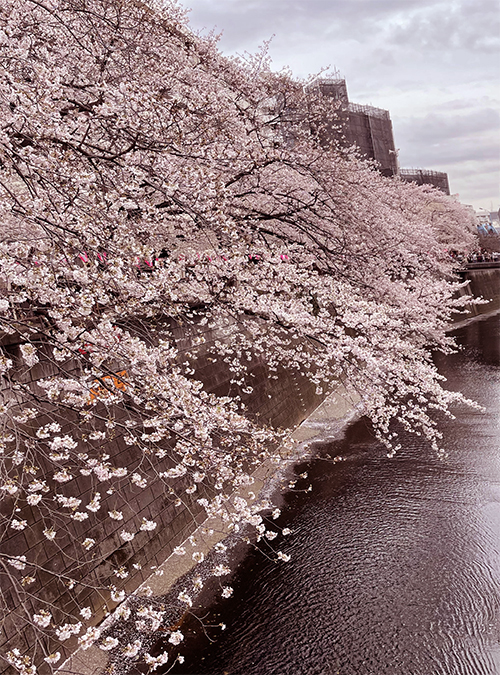
ブログの四国・梼原の隈研吾建築シリーズは本日は小休止。
ちょうど用件がいくつか重なっていたので東京出張していました。昨日帰還。3/23に東京に来てからちょうどサクラのシーズンだと言うことを思い出された。上の2枚の写真は上野で、下1枚は目黒川in中目黒。とくに上野では公園を歩いていて回りから日本語がほとんど聞かれない状態。感覚的にはほぼ半数が外国からの方ではないかと思われた。
以前のようにやたら中国語ばかり、ということではなく欧米人や幅広くアジアなど世界中の民族と思えるひとたちの喧噪が響いておりました。ここのところ円安から日本ツアー費用が下がってきているのか、それともサクラ時期に東京に来るのが随分遠ざかっていたわたしが知らなかっただけで、いまや日本の花見文化は世界に知られているということなのか。
花見文化、サクラ文化は日本史で連綿と繋がってきている。江戸・東京では河川の洪水対策で土盛りして築堤するに当たってその上にサクラを植樹した。それが春になって開花するとたくさんの花見客が土手に集まって、酒に酔って踊ったりすることで地面を踏み固め堤の地盤強化された、という説がある。DNAに染みついている日本人の花見文化を利用して都市計画した、というのですね。
まぁそれくらい根がらみな日本のサクラ文化が、世界の人にどんなふうに受け入れられているのか非常に興味深い。これほどにたくさんの海外観光客が押し寄せていることから、文化資産として活用出来ることは確実ですね。
資源によって産業は勃興するけれど、観光資源というのはちょっと考え方が違う。やはりその国、国民の文化風土が最大の財産であり、花を愛でるこころが最大のポイントなのでしょう。さらには日本人の花見でのマナーというのも稀有なのだと言われます。
国名は伏せますが、一時期爆買いなどと言われた人たち。わたしも数回目にしたくらいですから多発していたのでしょうが、カメラポーズの一種としてか、サクラの枝を鷲づかみして揺すってサクラを落花させてその「桜吹雪」ぶりを写真に収めようと考える不埒な光景を目にしていた。ひどい場合にはサクラを折って振り回したりしていた。
目にしたときにはさすがにわたしは「やめろ!」と声を上げてしまっていました。数人の男と撮影対象の若い女性という多人数。一瞬、仕掛けてくるかとは思ったけれど、こういう場合にはストリートファイトもやむを得ないと思っていました。(幸い、かれらも自制してくれた)
こういうマナーは日本人は保守している。良きマナーはぜひ輸出したいと思います。
English version⬇
Japanese cherry blossom viewing gatherings from around the world
Hanami, the extreme point of Japanese culture with its distinct four seasons. The manner of appreciating flowers is also excellent. We would like to make the most of this cultural asset for Japan’s economy. Japan
The blog series on Kengo Kuma’s architecture in Yusuhara, Shikoku, takes a short break today.
I was on a business trip to Tokyo just as I had some overlapping matters to attend to. Returning yesterday, I was reminded that it is just the season for sakura (cherry blossoms) since I arrived in Tokyo on March 23. The top two photos are in Ueno and the bottom one is Meguro River in Nakameguro. Especially in Ueno, I could hardly hear Japanese around me when I was walking in the park. My sense was that almost half of the visitors were from other countries.
The noise was not the same as in the past, where Chinese was the language of choice, but rather the bustle of people from all over the world, including Europeans, Americans, and a wide range of other Asian ethnic groups. Is it because the cost of touring Japan has been going down recently due to the weak yen, or is it because I have been away from coming to Tokyo during the cherry blossom season for so long that I was unaware that the Japanese hanami culture is now well known throughout the world?
Hanami culture and sakura culture have been linked to each other throughout Japanese history. In Edo and Tokyo, when rivers were flooded and embankments were built, cherry trees were planted on top of them. It is said that when cherry blossoms bloomed in spring, many cherry blossom-viewing visitors gathered on the banks and danced and drank to strengthen the ground on which the embankments were built.
It is very interesting to see how the Japanese sakura culture, which is so deeply rooted in the Japanese culture, is accepted by people around the world. With so many foreign tourists flocking to the area, it is certain that it can be utilized as a cultural asset.
Industries rise from resources, but tourism resources are a bit different in concept. The cultural climate of the country and its people is the most important asset, and the spirit of flower-loving is probably the most important point. Furthermore, it is said that the manner in which Japanese people view cherry blossoms is also a rarity.
I won’t mention the name of the country, but at one time people were said to be buying cherry blossoms in Japan. I have seen this behavior several times myself, so it must have happened frequently. I have seen people grab cherry blossom branches by the eagle and shake them to make them drop their blossoms and capture the “sakura blizzard” in their photos. In the worst case, they would break the sakura and swing them around.
When I saw them, I shouted, “Stop! I shouted out. There was a large number of people: several men and a young woman who was the target of the photo shoot. For a moment, I thought they were going to attack me, but I knew that in such a case, I had no choice but to fight them. (Fortunately, they restrained themselves.)
These manners are maintained by the Japanese. I would like to export good manners by all means.
Posted on 3月 28th, 2023 by 三木 奎吾
Filed under: 日本社会・文化研究 | No Comments »




